What’s the Difference Between Lava and Magma?
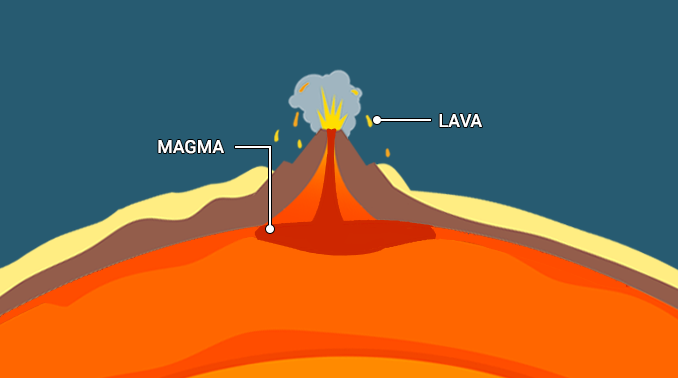
“When volcanoes erupt, magma consists of liquid rock within the interior of the Earth. But as molten rock finds its way to the surface, we refer to it as lava. So, the main difference between magma and lava is location.”
Magma and lava are both molten rock. But they exist in different locations within and outside the Earth. Magma is the molten rock found beneath the Earth’s surface, deep within the planet’s interior.
In contrast, lava is molten rock that has reached the Earth’s surface through volcanic eruptions. When magma breaches the surface and flows or erupts from a volcano, it becomes exposed to the atmosphere and cools, solidifying into the familiar rocky substance we call lava.
Let’s explore the differences between lava and magma in a bit more detail.
Magma is within the Earth
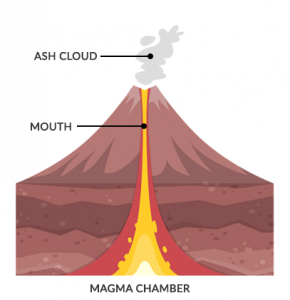
We find both magma and lava at volcanoes. In fact, it’s this liquid rock that pools in the magma chamber. But we know it’s magma when it’s within the surface of Earth.
Magma is liquid rock with dissolved gas. As pressure builds up, the gas expands and explodes at the mouth of the volcano.
Different types of volcanoes lock in different types of magma underground. It’s the various types of magma that differentiate the types of volcanoes.
After magma flows upwards from the mantle beneath, lava reaches the surface. When the lava hardens, it becomes dark igneous rock like “basalt”.
Lava flows outside of volcanoes
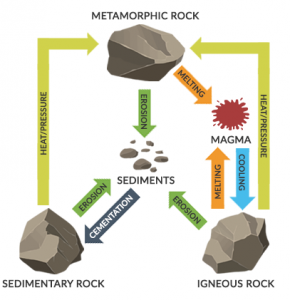
Volcanoes erupt because of the expansion of gases at the mouth of the volcano. Like hot wax dripping down a candle, lava spews and flows downhill.
When it hardens, it becomes igneous rocks like granite. This is why volcanoes are the foundation for igneous rocks.
They’re also vital in the rock cycle. This is why geologists often refer to igneous rocks as the starting point of the rock cycle.
Not only do volcanoes spew out lava but also water. But because water won’t sit on lava, it evaporates into a gas. So, you often have water vapor forming clouds near volcanic eruptions mixed with ash with lightning strikes.
What’s the Difference Between Lava and Magma?
When volcanoes erupt, magma is a liquid rock within the interior of the Earth. But as molten rock finds its way to the surface, we refer to it as lava. So, the main difference between magma and lava is location.
Magma, as mentioned earlier, resides beneath the Earth’s surface, hidden deep within the planet’s interior. As magma moves and collects in underground chambers, it can become the driving force behind volcanic activity.
Conversely, lava is the term we use to describe magma once it has breached the Earth’s surface through volcanic eruptions. When magma finds a pathway to escape, whether through fissures, vents, or the crater of a volcano, it transforms into lava.
As always, get back to us with a question or comment by using the comment form below.

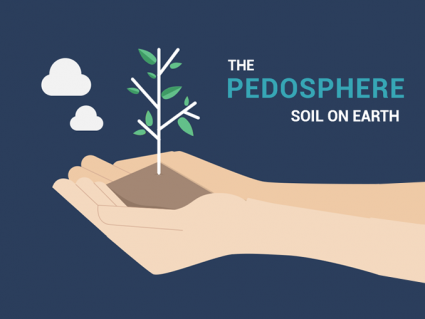

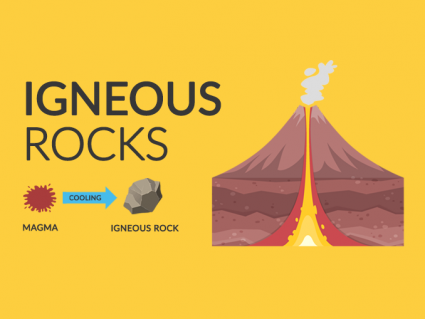
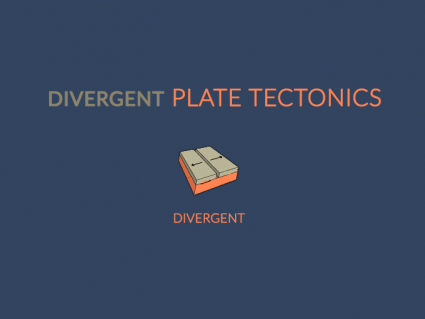
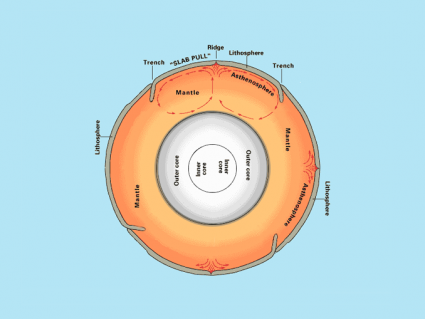

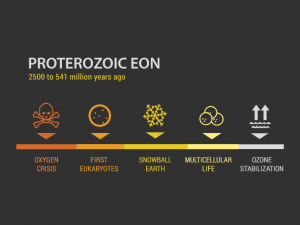
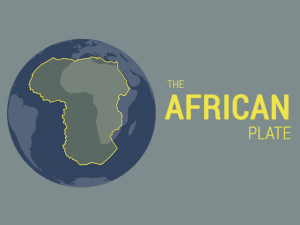
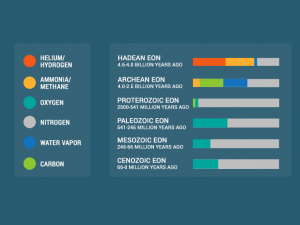


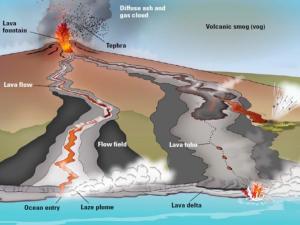
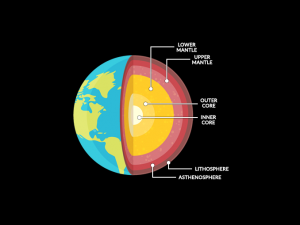
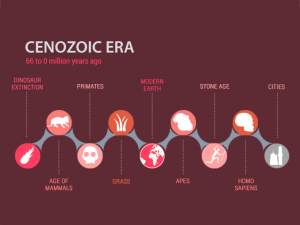
Magma is molten or semi-molten rock inside the earth’s crust but lava is molten or partially molten rocks that have been expelled out of the interior
Difference between horizontal earth movement and vertical earth movement
Magma exists in the interior and lava in liquid form that exist outside of Earth 🌎 🌋
The difference between magma and lava in my understandings is that magma is found inside the earth, while lava is found outside the earth.
Magma turns into a molten rock
Magma is underground and lava is rising up to the surface
The difference between magma and lava, is that magma, molten rock is under the earth crust, and lava is molten rock on the earth surface.
Magma is underground and turns to molten and lava coming up to the surface.